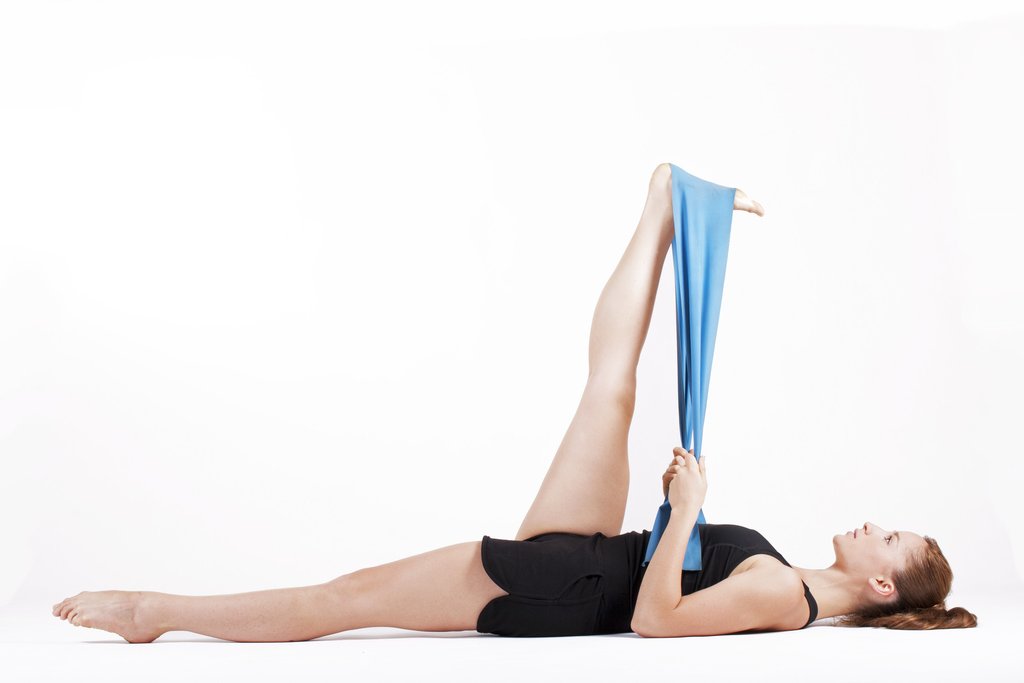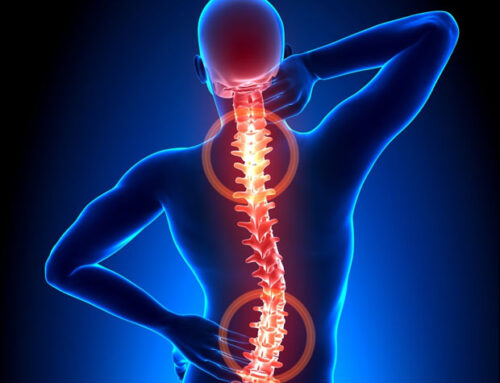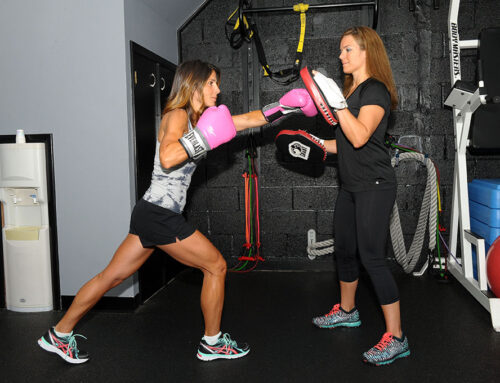While many of us have heard the old adage ‘You are only as strong as your weakest link’, most of us have not taken the time to contemplate what this truly means. If you want to be the top player in your sport you cannot afford to have any weak links. Some of the key components that affect performance are core strength, speed, agility, power and flexibility. All of these elements ultimately define a great athlete, but they are only a contributing ‘part of the team’ when coupled with proper muscle balance (optimal length tension relationship).
A muscle is its strongest when it is at its optimal range of motion. What does this mean exactly? Think of it like this: you have muscles surrounding a joint, some pull in one direction and others pull in another. If the muscles are balanced and perfectly even, you are in optimal alignment. However, if one group of muscles is pulling in one direction more than the other you may end up with joint pain, common injury patterns and restrictions in range of motion. But the real danger for athletes is that one tight muscle can affect your entire body because the muscles are all connected!
One simple example that helps to illustrate the union of our muscles is the squat. This is an exercise that is familiar to every athlete. Imagine you are in a squat position: your heels are down, toes are pointed forward and your back is straight. You are about to perform a prisoner squat (hands behind your head). In this alignment your heels will want to come up so in order to prevent this from happening you will have to point your toes out. If you attempt to keep your toes pointed forward and heels down you will have to bend forward more at the waist (excessive hip flexion) to get down. Clearly something in your form has to give. However if you take a 2” inch block, book, or any elevation you can find and put it under your heels and perform the squat again you will find your form has been perfected. But what you have also discovered though is that you have a muscle imbalance in your calf complex. If this is not addressed and you continue to squat with excessive forward lean, or run and jump with poor mechanics you may eventually get injured. Not only are you at risk of an injury, but this also indicates that you are not effectively using the proper muscles in these movements because you are compensating.
The appropriate solution to the above problem is not to elevate your heels when squatting, but to perform proper flexibility training on a progressive continuum to the calf complex using bio-foam rolling, PNF, active and dynamic stretching. In addition, it is equally important to strengthen the opposite muscle, the anterior and posterior tibialis (shin muscle) to help correct the imbalance. Now you can see how one tight restricted muscle can affect human movement. The frightening reality is that most athletes have many of the same muscle imbalances. Here are some common examples of such imbalances:
Examples of Common
Tight Muscles: Weak Muscles:
-Pecs -Rhomboids
-Front Delts -Mid & Low Traps
-Lats -External Rotator Cuff Muscles
-Hip Flexor Complex -Glutes
-Calves Complex. -Anterior & Posterior Tibialis (shin muscle)
How can you begin to correct these imbalances? First, you should start on a proper flexibility continuum, bio-foam rolling, PNF, active and dynamic stretching with the ultimate goal of dynamic flexibility. Second, you need to strengthen your weak inhibited muscles by doing a series of corrective strengthening exercises. The most common mistake our trainers see is athletes doing exercises to strengthen these muscles with too much weight and they are forced to compensate by using the wrong muscles. When starting the above regimen, first perform the exercises under a controlled speed to make sure you are using the proper muscles. This will ignite the warm up of the muscles and help increase performance. Once these imbalances are corrected and pain is eliminated athletes are encourage to train hard, but to also train smart!
At our facility, we first perform muscle imbalance assessments followed by corrective flexibility training and corrective strength training. This will return you to optimal alignment and have you firing the right muscles at the right time. Once this is attained we take you through a progressive strength, power, and speed program. Our research has been proven through the superior results our athletes exhibit in the gym and on the playing field. All of our clients have improved speed, quickness, agility, stability, balance, strength and flexibility. Just as a large house cannot be built on a weak foundation, a top performer cannot sustain peak performance without each link working at its optimum level.
-Play Hard And Train Smart!





